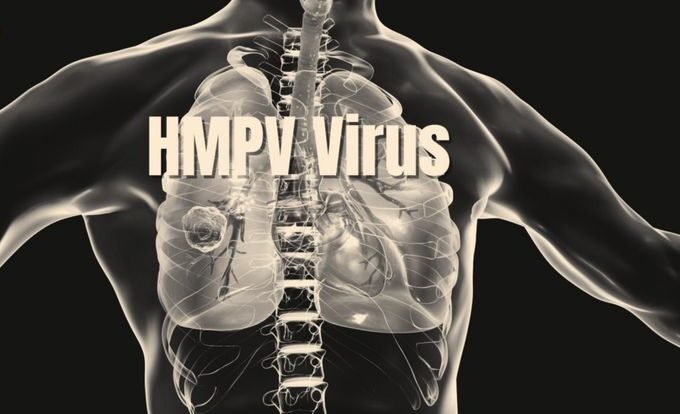Human metapneumovirus (hMPV) is a significant viral pathogen that can affect the respiratory system, leading to a range of symptoms from mild cold-like signs to severe respiratory distress, especially in vulnerable populations. This guide explores the impact of hMPV on respiratory health, how it spreads, its symptoms, and available treatments, providing a thorough understanding for both medical professionals and the general public.
What is Human Metapneumovirus (hMPV)?
Human metapneumovirus (hMPV) is a member of the Paramyxoviridae family, closely related to respiratory syncytial virus (RSV). It was first identified in 2001, but over the years, hMPV has been recognized as a major cause of respiratory infections, particularly in young children, elderly individuals, and those with weakened immune systems.
How Does hMPV Affect the Respiratory System?
hMPV primarily affects the upper and lower respiratory tract, causing symptoms similar to those of other viral respiratory infections, such as RSV and influenza. It can lead to conditions like bronchiolitis, pneumonia, and exacerbation of asthma or chronic obstructive pulmonary disease (COPD).
- Upper Respiratory Symptoms: These may include a runny nose, cough, sore throat, and fever.
- Lower Respiratory Symptoms: Severe cases can result in wheezing, difficulty breathing, chest tightness, and even hospitalization due to pneumonia or bronchiolitis.
Transmission of hMPV
hMPV spreads through respiratory droplets when an infected person coughs, sneezes, or talks. It can also survive on surfaces for a limited time, making hand hygiene and surface disinfection important preventive measures.
Risk Factors for Severe hMPV Infections
While most individuals recover from hMPV infections with minimal complications, certain groups are at higher risk for severe disease:
- Infants and young children: Their immune systems are still developing, making them more susceptible to respiratory distress.
- Older adults: Aging can weaken the immune system, leading to more severe outcomes.
- Individuals with underlying health conditions: Conditions such as asthma, COPD, and immunosuppressive therapies increase the likelihood of severe infections.
Diagnosing hMPV
A clinical diagnosis of hMPV is based on symptoms and patient history, but laboratory tests like PCR (Polymerase Chain Reaction) or viral culture can confirm the presence of the virus.
Treatment and Management of hMPV Infections
Currently, there is no specific antiviral treatment for hMPV. Most cases are managed symptomatically, with rest, hydration, and fever-reducing medications. In severe cases, hospitalization may be required for oxygen therapy or mechanical ventilation. Supportive care is essential to help the body recover.
Prevention Strategies
Preventive measures focus on limiting the spread of the virus and include:
- Hand hygiene: Washing hands regularly and using hand sanitizers.
- Avoiding close contact: Especially with individuals who are at higher risk of severe disease.
- Cleaning surfaces: Disinfecting frequently touched surfaces like doorknobs, phones, and remote controls.
- Vaccination research: Ongoing studies are investigating potential vaccines for hMPV, but no vaccine is currently available.

Conclusion
Human metapneumovirus is a significant concern for respiratory health, particularly among vulnerable groups. Understanding its transmission, symptoms, and management strategies is key to reducing its impact. As research continues, we hope to see improvements in diagnostic methods, treatment options, and, eventually, a vaccine to prevent hMPV infections.

